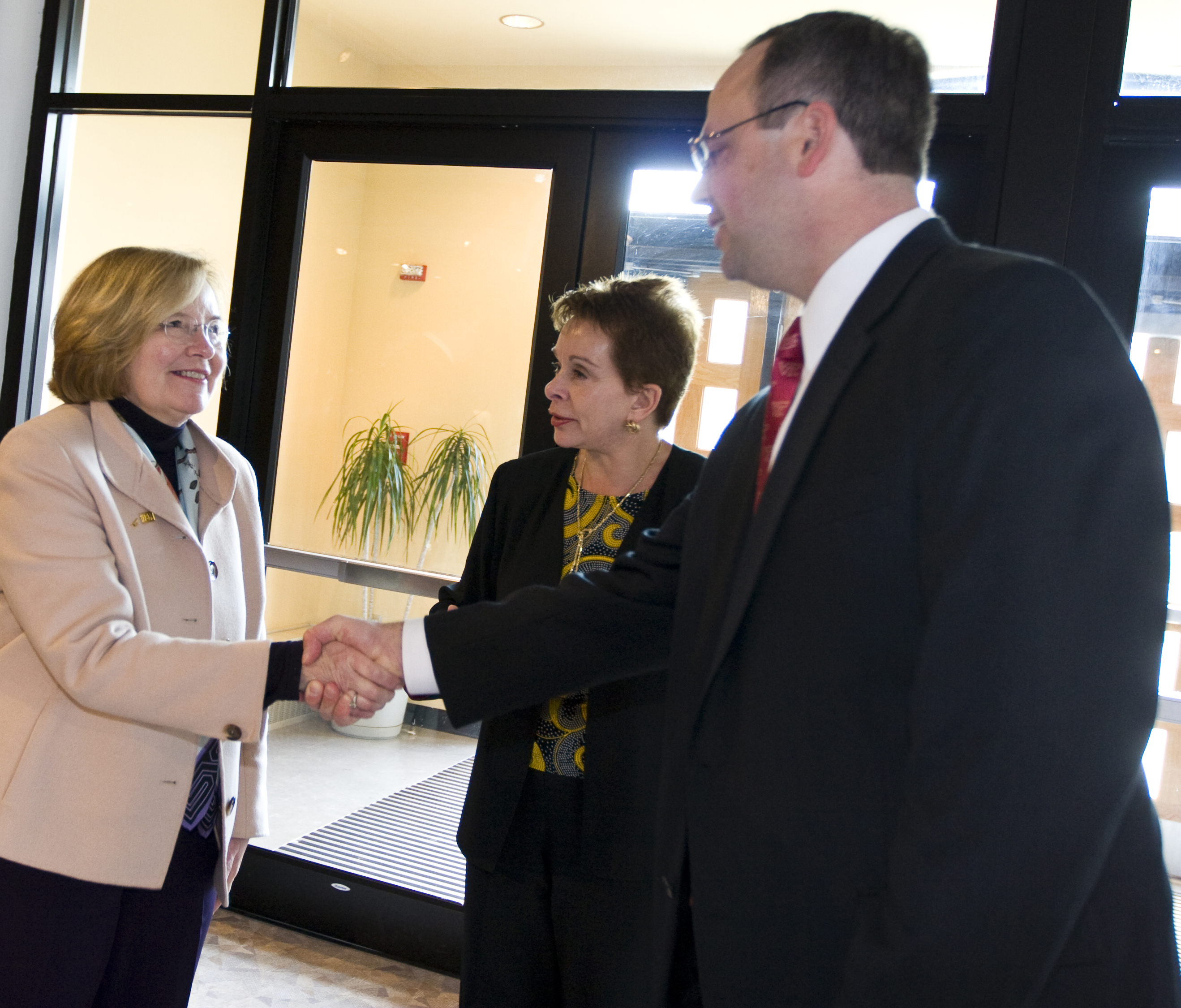With the help of a 'village,' Virginia Tech engineering students will provide Kenyan medical clinic with electric power

An engineering student design team at Virginia Tech is creating a photovoltaic system to provide a medical clinic in Kenya with a desperately needed source of power.
The phrase, “It Takes a Village,” applies to this effort. Generous donations from three companies, IBM, Renesola, and Grundfos Pumps, working together with the Virginia Tech Foundation, have provided the students on the Renewable Energy Senior Design Team with about 50 percent of the materials necessary to create the system.
The Getongoroma Medical Clinic, built and operated by Foundation Ministries of Kenya, currently provides much needed medical treatment and education for thousands in the surrounding area. Most Kenyans walk to this clinic, located west of Nairobi near the border of Tanzania.
The addition of electric power will significantly expand the capability of the clinic to serve the local residents. Electric power will provide clean well water, refrigerated vaccines, testing mechanisms for HIV and other diseases, an x-ray facility, and other related needs for medical purposes.
“Currently the clinic cannot offer emergency treatment at night or keep vaccines for more than a few hours. Additionally, the clinic cannot provide any major medical services such as testing or treatment for aids, malaria, and dengue fever, three very large problems in this area,” explained Mark Showalter, a Virginia Tech graduate of mechanical engineering who currently works part time in the industrial and systems engineering department in the College of Engineering. As the assistant adviser to the team project, he added, “The nearest electrical grid is a 45-minute drive from the clinic.”
The design team selected solar power because the remote location does have an abundance of sunlight. “This renewable energy was deemed necessary as imported fuels would have to be carried over 50 kilometers of rough terrain,” Showalter said.
Showalter credited IBM with donating silicon wafers, the material used in making solar panels. Renesola, a Chinese company, donated solar wafers and paid another company to make the panels. Grundfos Pumps, a Danish manufacturer of pumps, donated the groundwater pump to work in conjunction with the solar panels.
Linda Marshall, a partner and director of IBM’s Department of Defense Systems Integration Executive Global Services, said she had an “a-ha” moment when she learned of the Virginia Tech project two years ago on the college website, and knew IBM could be of help. She made the necessary contacts.
Today, the student team has just about finished the assembly of the photovoltaic system and plan to ship the entire installation to the medical clinic in Kenya. Their system should provide about 24 kilowatt-hours (kwh) of solar energy to the clinic daily, exceeding the 18 kwh it needs each day to function.
Although this design is tailored specifically to the needs of the clinic in Kenya, future needs could be served by this prototype. “Reworking this concept and design for another location and need would not be difficult and would now only require a few weeks or days of engineering work.” Showalter explained. “The design could even be adapted into a mobile medical lab, which could be shipped and set up for disaster relief.”
Uri Vansberger, associate professor of mechanical engineering at Virginia Tech, is the faculty adviser to the project.
Showalter plans to travel to Kenya in August to install the system. He visited the site two years ago in preparation for this effort. Showalter will join Dr. Joe Cacioppo of Blacksburg, Va., leader of medical mission trips, and currently a staff physician with the Emergency Medical Physician Group, and Founder and President of the International Christian Resources, a partner of the Foundation Ministries.
Showalter does add one caveat. The team is still looking for other members of its ‘Village’ to obtain batteries, electronics, and a shipping container.
Listen to the related podcast. (Length 0:52)




